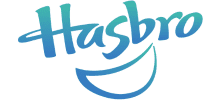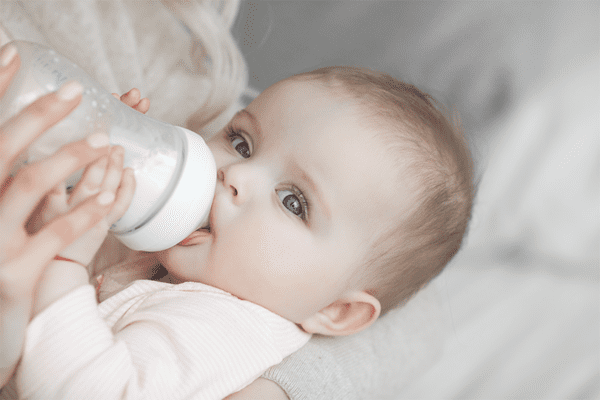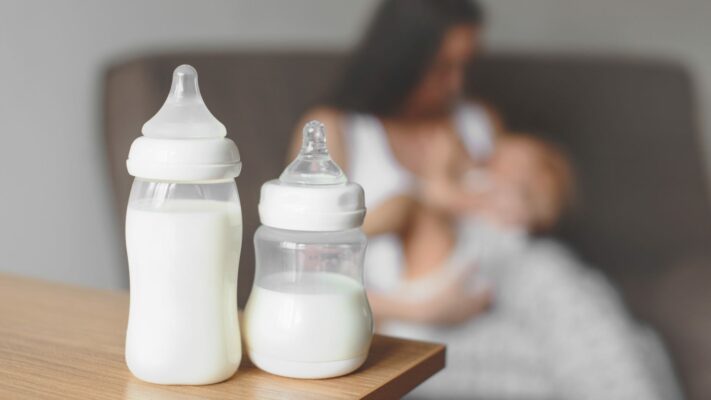Feeding bottles are an essential companion, especially when travelling with your baby. But before you begin feeding your child using a bottle, it’s essential to pick the right bottle. Visiting a baby store may make the process overwhelming, given the abundance of choices. You need to consider the minor details such as the material, size and if they are anti-colic before choosing a feeding bottle for your baby.
But how do you select the right bottle? Keep reading as we answer that and a lot more to help you and your baby.
When should a feeding bottle be introduced to a baby?
New-borns require breastfeeding for the first six months. It helps build their immune system and prevent diseases. Before introducing bottles, it is essential to ensure your baby is fit and healthy. In most cases, bottles are introduced only when the baby is at least six months old. The baby may take two to three weeks to get used to the bottle.
When mothers cannot breastfeed their child, owing to their work schedule or medical conditions, they may choose to introduce bottles soon after two or three weeks from birth. In such cases, mothers may opt for a feeding bottle to feed their child pumped breast milk or milk formula.
Essential feeding bottle features
Before heading to the store to purchase a feeding bottle for your child, you may want to consider the below features to help you make the right choice for your little one.
Bottle Material
Bottles come in various materials. Each has its own set of advantages and disadvantages. It is best to weigh all your options and choose a bottle that suits your circumstances.
Plastic Bottles
Plastic bottles are lightweight and shatterproof. When choosing a plastic bottle, it is essential to check its quality and ensure it is BPA-free. BPA or bisphenol A is a chemical often found in old and second-hand plastic bottles and is harmful to children. When using and cleaning a plastic bottle, avoid pouring extremely hot fluids into it. They come in various shapes, sizes and colours. We recommend you replace a plastic bottle every three to four months.
Glass bottles
Glass bottles are durable and do not react with the liquid poured into them. There are chances that the bottle breaks easily. So, you may consider buying a silicone sleeve to protect it. Brands like Everyday Baby offer glass feeding bottles in various colours and sizes. Glass bottles are also a cost-effective choice as these can be used over long periods.
Silicone
Food-grade silicone feeding bottles are lightweight, flexible, durable and easy to handle. They are without BPA and are a safe option for kids.
Stainless steel
Stainless steel bottles are durable, non-toxic and do not react with the liquid poured into them. Since these are opaque, it may seem hard to understand how much milk or water the baby has consumed. Additionally, it is essential to ensure these bottles have good insulation or a silicone sleeve that does not heat the bottle.
Nipples
Nipples have varied flow rates to suit the age of the child. The slowest nipples are made for newborns and require replacement when the child sucks them fiercely. Nipples also require regular cleaning and are replaced if they crack, discolour or are thin.
Nipples are predominantly available in silicone or latex. Latex nipples are more like the mother’s breast, soft and flexible. However, some kids may be allergic to alter. On the other hand, silicone nipples are more durable, heat resistant and even easier to maintain or clean. They are also less prone to bacterial infections.
Most nipples are bell or dome-shaped. Naturally shaped nipples have a broader base and ease the transition from breast to bottle. Orthodontic nipples are ideal for teething babies, while vented nipples have a small hole to ease milk flow.
Bottle shape
Bottles come in various shapes and capacities. You can choose between a straight or an angled feeding bottle. Angled feeding bottles help prevent babies from swallowing air. Similarly, a wide neck bottle mimics the breast and is easier to clean. Choosing a bottle with a larger capacity may help you save money in the long run as newborns ramp up their eating pretty quickly. Comotomo and Dr Brown offer bottles in different shapes for better grip and use.
Additional tips to remember while selecting a feeding bottle
The journey of feeding bottles does not end the minute you buy one. Feeding bottles require proper sterilisation and maintenance. Therefore, it is essential to consider the aftermath of your purchase while selecting the bottle:
- If you use a breast pump, choose a bottle from the same brand. It will ease milk transfer.
- Bottles with broader necks are easier to clean.
- Angled-neck bottles are suitable if your baby is colic, as this help reduce gas formation.
- If you have twins or a second child or more, invest in separate bottles to maintain hygiene and avoid infection.
In Conclusion
It is essential to understand all the components in a feeding bottle and how it may affect your child. Pick a bottle that benefits them and avoids the formation of gas. It is also necessary to choose a bottle that is easy to wash and maintain. They are available in several shapes, materials and sizes, and you may choose them depending on your child’s requirement.
You can explore several options by visiting our store.


































































































































































































